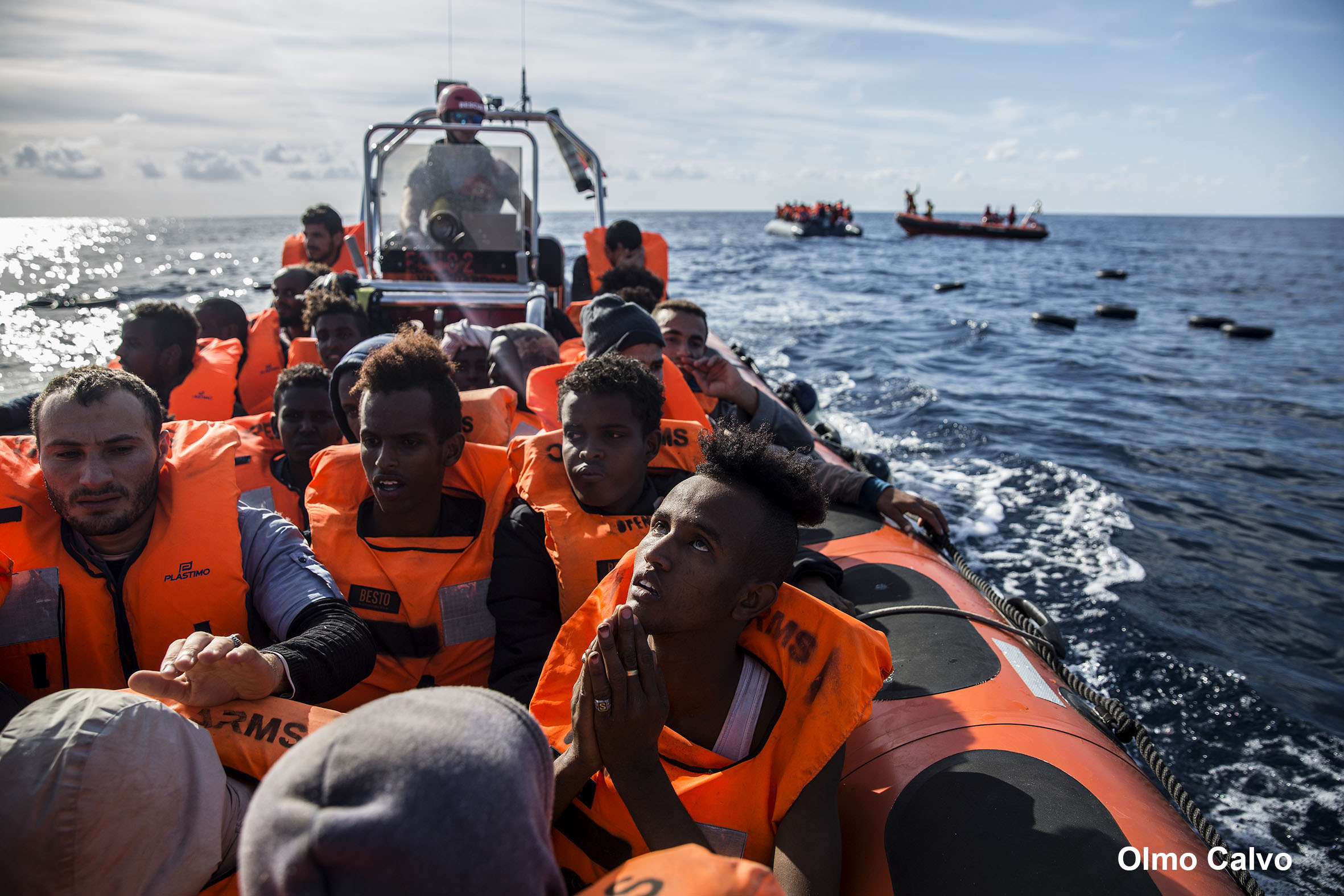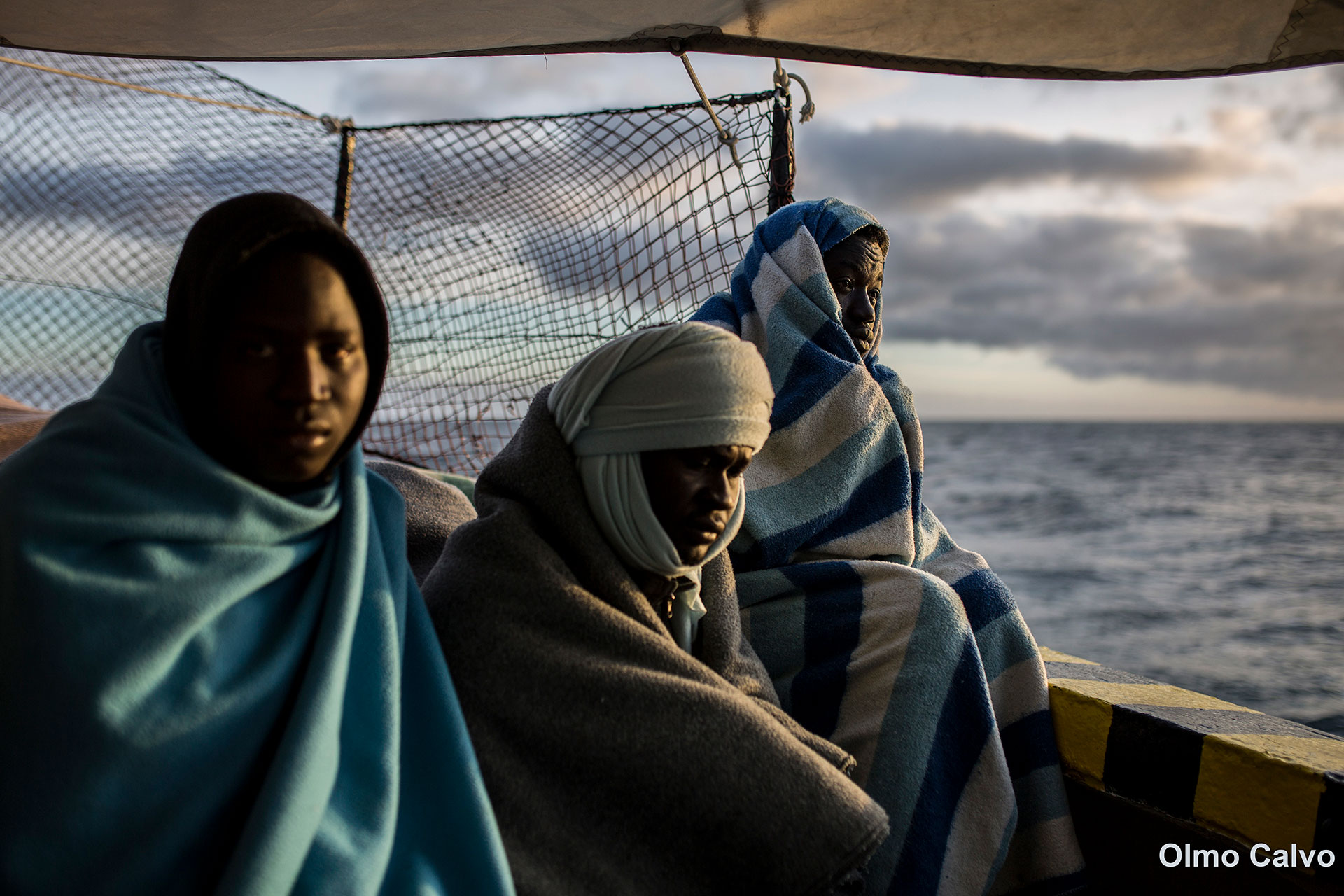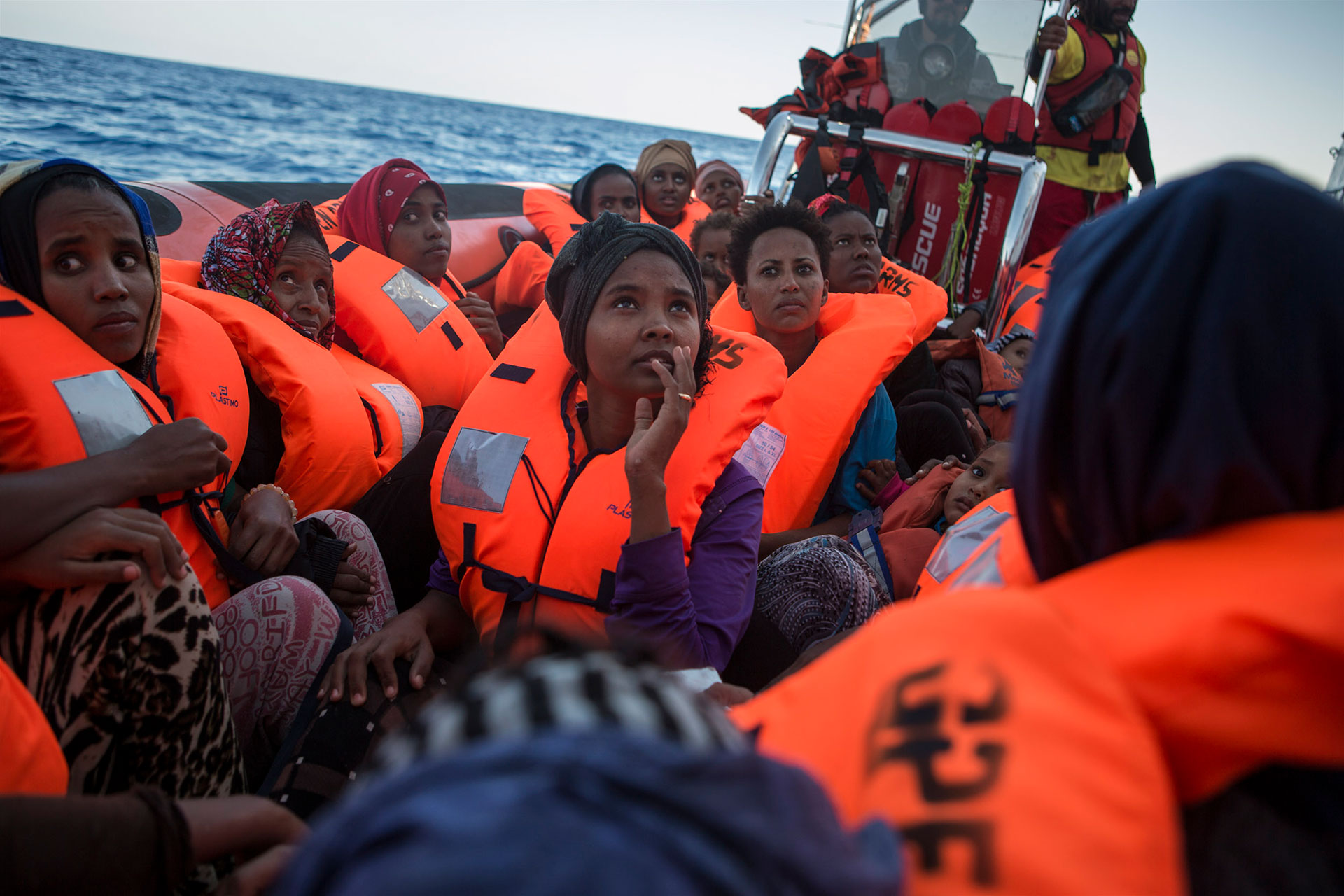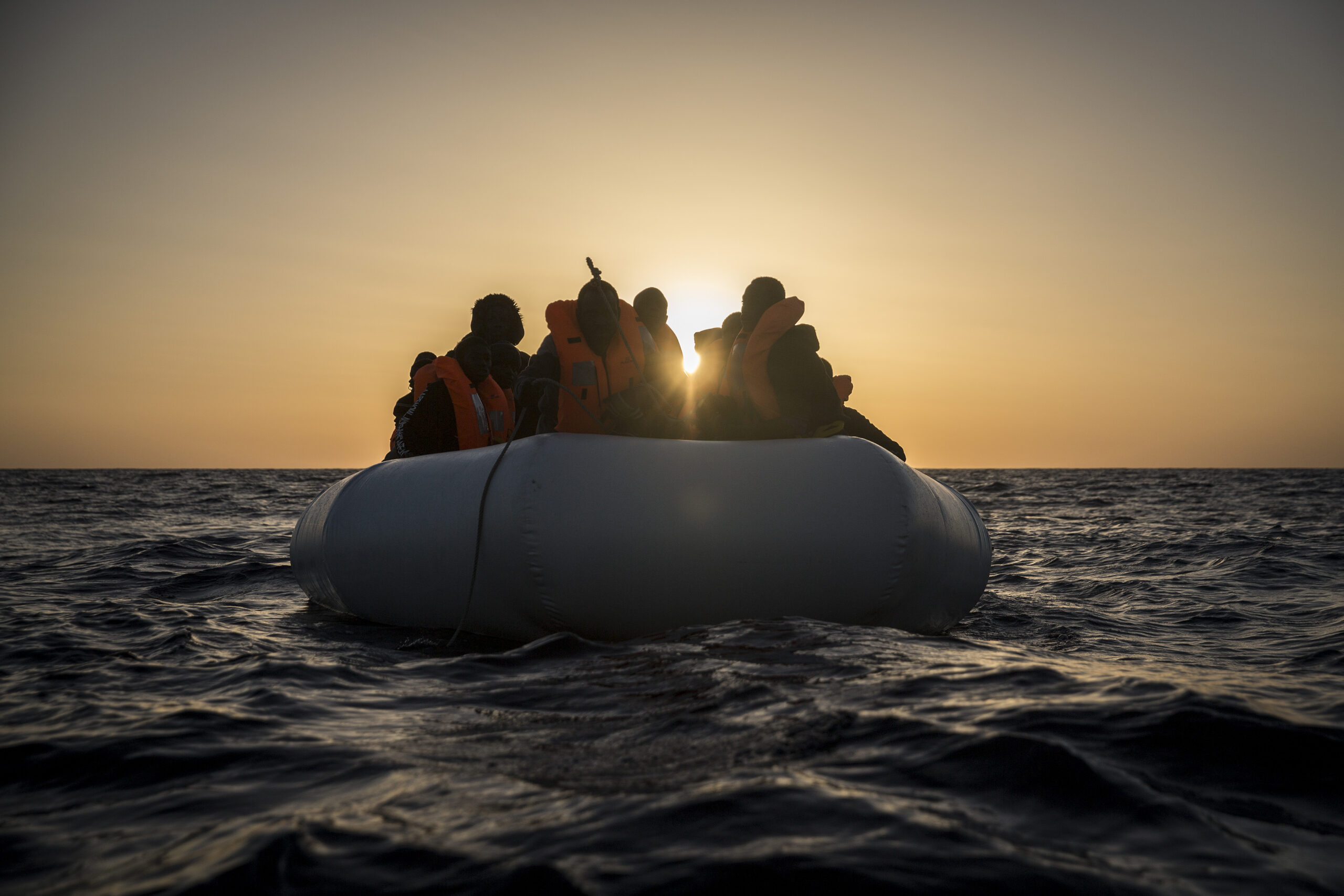
Migration flows
If you believe that no life should be left adrift, you’re one of us.
The main migration routes
Migration has been innate to human beings since the beginning. In recent times, it has been linked to the search for greater safety and quality of life, or directly to the escape from dangerous situations. Armed conflicts, economic crises, or climate change—which affects certain areas with harsh living conditions or natural disasters—are some of the main causes.
In the absence of safe and regular pathways for migration, thousands of vulnerable people rely on traffickers to cross dangerous areas toward an uncertain destination. There are three main migration routes that converge on the shores of the Mediterranean, from where the perilous sea journey begins—one with an alarmingly high mortality rate. It is in this final stage that Open Arms intervenes, carrying out search and rescue operations.
These are the three main migration routes in the Mediterranean.

Western Mediterranean and Atlantic
From Morocco, Algeria, or Mauritania to mainland Spain, the Balearic Islands, or the Canary Islands.
Central Mediterranean
The most dangerous sea route in the world.


Eastern Mediterranean
The route to Greece from the coasts of Turkey.
Factors affecting migration flows
Migration flows evolve and change over time. They largely depend on the conditions in the countries of origin, as worsening conditions tend to drive larger flows. But there are other influencing factors as well:
Migration policies and bilateral agreements
The reinforcement of borders and the signing of agreements between the EU and third countries to externalize border control (such as with Turkey, Tunisia, Morocco, or Libya) tend to shift migration routes or encourage the use of more dangerous paths.
Political instability and economic crises in countries of origin
Conflicts (Libya, the Sahel, Syria, Afghanistan) and economic crises (Tunisia, Lebanon, and some Sub-Saharan African countries) drive more people to leave.
Changes in human trafficking dynamics
Trafficking networks seek the least monitored routes and can quickly adapt their departure points based on coastal surveillance and agreements with local authorities.
Weather conditions
The Mediterranean Sea can become extremely dangerous during the winter months, partially reducing departures. However, attempts are increasingly frequent in all seasons due to the urgency of migration.
Conclusions
There are many reasons why migrants risk crossing the Mediterranean, but these causes are generally beyond their control.
The Central Mediterranean route remains the most active and deadly, due to instability in Libya and the lack of a comprehensive agreement between the EU and North African coastal countries.
There are still fluctuations along the Western route. The geographical proximity between Morocco and Andalusia continues to make it a recurring point of entry into Europe, with variations depending on border cooperation between the two countries. The route to the Canary Islands, although extremely dangerous, remains an alternative for thousands of people.
The Eastern route tends to resurge. The situation in the Middle East (Syria, Iraq), combined with ongoing instability in Afghanistan, may once again increase migratory pressure toward Turkey and Greece if the root causes are not addressed and humanitarian conditions worsen.

